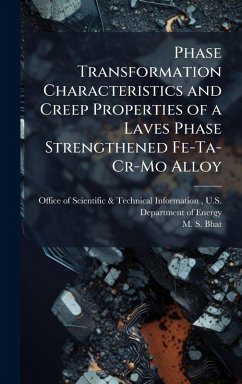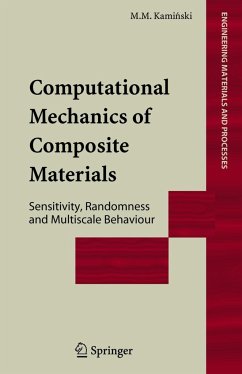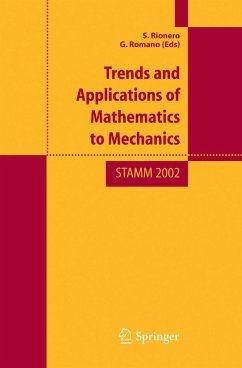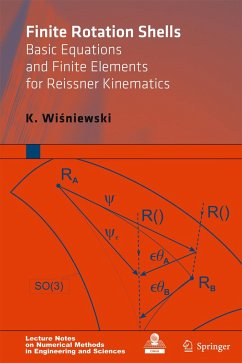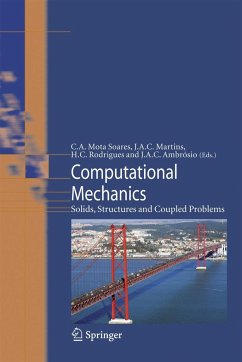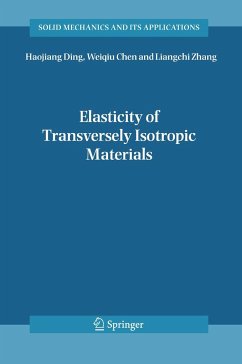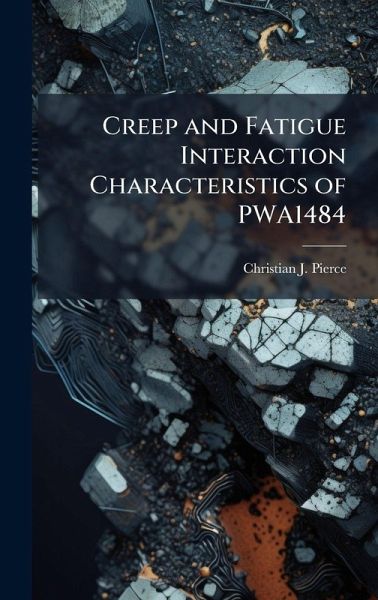
Creep and Fatigue Interaction Characteristics of PWA1484
Versandkostenfrei!
Versandfertig in über 4 Wochen
29,99 €
inkl. MwSt.
Weitere Ausgaben:

PAYBACK Punkte
15 °P sammeln!
One of the main methods for predicting the service life of jet engine turbine blades is through creep analysis. A sample of the turbine blade material will be mechanically tested to characterize its creep performance. This characterization will be used to determine safe operating conditions for the material. While methods for modeling creep behavior are generally well developed, this constant load creep testing does not fully represent the loading conditions present in a jet engine due to cyclic loading caused by the mission profile and throttle movements. As the industry seeks to become more ...
One of the main methods for predicting the service life of jet engine turbine blades is through creep analysis. A sample of the turbine blade material will be mechanically tested to characterize its creep performance. This characterization will be used to determine safe operating conditions for the material. While methods for modeling creep behavior are generally well developed, this constant load creep testing does not fully represent the loading conditions present in a jet engine due to cyclic loading caused by the mission profile and throttle movements. As the industry seeks to become more accurate in physics based modeling of materials that are used in turbine blades, incorporation of these cyclic loads into the characterization of turbine blade materials is needed. It will be important to understand what effect pre-existing creep will have on fatigue life and what effect pre-existing fatigue loading will have on creep life. This research gives microstructural observations as well as data analysis of samples of PWA1484 tested at 871-C in creep-fatigue environment. This research resulted in the conclusion that prior fatigue cycling results in a non-linear reduction in the amount of primary creep, and an earlier transition to tertiary creep in PWA1484. This work has been selected by scholars as being culturally important, and is part of the knowledge base of civilization as we know it. This work was reproduced from the original artifact, and remains as true to the original work as possible. Therefore, you will see the original copyright references, library stamps (as most of these works have been housed in our most important libraries around the world), and other notations in the work. This work is in the public domain in the United States of America, and possibly other nations. Within the United States, you may freely copy and distribute this work, as no entity (individual or corporate) has a copyright on the body of the work. As a reproduction of a historical artifact, this work may contain missing or blurred pages, poor pictures, errant marks, etc. Scholars believe, and we concur, that this work is important enough to be preserved, reproduced, and made generally available to the public. We appreciate your support of the preservation process, and thank you for being an important part of keeping this knowledge alive and relevant.



